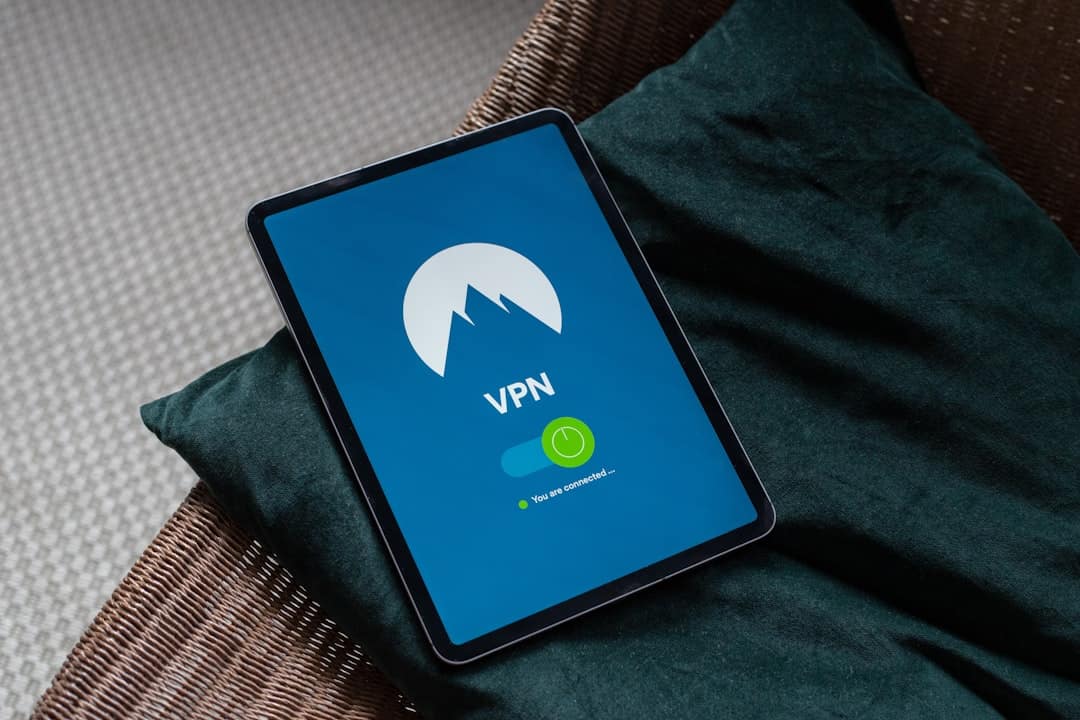In the contemporary digital landscape, cybersecurity threats are continuously evolving, with malicious actors employing increasingly sophisticated attack methods. Businesses face a range of risks, including phishing scams, ransomware, and various forms of malware. Understanding these threats is essential for organizations to implement effective protection measures.
Phishing scams utilize deceptive emails or websites to manipulate individuals into divulging sensitive information, such as login credentials or financial data. Ransomware is a type of malicious software that encrypts a victim’s files and demands payment for their release. Malware encompasses a broad category of harmful software, including viruses, worms, and trojans, which can infiltrate systems to cause damage or extract sensitive information.
The consequences of falling victim to cyber threats extend beyond immediate financial losses. Data breaches can result in significant reputational damage, legal liabilities, and erosion of customer trust. In some cases, the impact of a cyber attack can be so severe that businesses struggle to recover fully.
Recognizing these potential outcomes underscores the importance of proactive Cybersecurity measures. By maintaining awareness of the evolving threat landscape and its potential impacts, organizations can more effectively prioritize their security efforts and allocate resources to protect against cyber risks. This knowledge enables businesses to develop comprehensive strategies to safeguard their digital assets and maintain operational resilience in the face of cyber threats.
Key Takeaways
- The threat landscape is constantly evolving, and it is important for businesses to stay informed about the latest security threats and vulnerabilities.
- Implementing strong password policies, such as using complex and unique passwords, can help prevent unauthorized access to sensitive information.
- Installing and regularly updating security software, such as antivirus and firewall programs, is essential for protecting against malware and other cyber threats.
- Conducting regular security audits can help identify and address any weaknesses in an organization’s security measures.
- Educating employees on security best practices, such as recognizing phishing attempts and avoiding suspicious links, can help prevent security breaches.
- Securing remote access to company networks and systems is crucial for protecting against unauthorized access from external sources.
- Creating a response plan for security incidents can help minimize the impact of a breach and ensure a swift and effective response to mitigate any potential damage.
Implementing Strong Password Policies
Password Complexity and Rotation
Weak or easily guessable passwords are a common vulnerability that cybercriminals exploit to gain unauthorized access to systems and sensitive information. To combat this, businesses should enforce strong password policies that require employees to create complex passwords that are difficult to crack. This includes using a combination of uppercase and lowercase letters, numbers, and special characters. Additionally, passwords should be regularly updated and not reused across multiple accounts or systems.
Multi-Factor Authentication for Added Security
Implementing multi-factor authentication (MFA) can add an extra layer of security by requiring users to provide additional verification beyond just a password. This can significantly reduce the risk of unauthorized access and protect sensitive data from being compromised.
Employee Education and Training
Educating employees on the importance of strong password practices is critical in ensuring compliance with password policies. Employees should be trained on how to create strong passwords and understand the risks associated with weak passwords. Regular reminders and training sessions can help reinforce the importance of strong password practices and encourage employees to take their password security seriously.
By implementing and enforcing strong password policies, businesses can significantly reduce the risk of unauthorized access and protect their sensitive data from being compromised.
Installing and Updating Security Software

Installing and regularly updating security software is another essential component of a robust cybersecurity strategy. Antivirus, anti-malware, and firewall software are critical tools in detecting and preventing cyber threats from infiltrating a business’s systems. These security solutions work by scanning for known threats, blocking suspicious activities, and providing real-time protection against malware and other malicious software.
However, simply installing security software is not enough; regular updates are necessary to ensure that the software can effectively defend against the latest threats. Cybercriminals are constantly developing new tactics and malware variants, making it imperative for businesses to keep their security software up to date with the latest threat intelligence and patches. In addition to traditional security software, businesses should also consider implementing advanced threat detection and response solutions to proactively identify and mitigate potential security incidents.
These solutions leverage machine learning and behavioral analytics to detect anomalous activities that may indicate a security threat. By investing in advanced security software, businesses can strengthen their defenses against a wide range of cyber threats and minimize the risk of falling victim to an attack.
Conducting Regular Security Audits
| Security Audit Metric | Measurement |
|---|---|
| Number of Security Incidents Detected | Monthly |
| Percentage of Systems Checked | Quarterly |
| Number of Vulnerabilities Identified | Annually |
| Time Taken to Remediate Issues | Monthly |
Regular security audits are essential for identifying vulnerabilities and weaknesses in an organization’s cybersecurity posture. By conducting comprehensive assessments of systems, networks, and processes, businesses can gain valuable insights into their overall security readiness and identify areas that require improvement. Security audits can encompass various aspects of an organization’s infrastructure, including network security, access controls, data encryption, and employee compliance with security policies.
By identifying potential weaknesses through security audits, businesses can take proactive measures to address these issues before they are exploited by cybercriminals. Furthermore, security audits can also help businesses ensure compliance with industry regulations and standards governing data protection and privacy. Many industries are subject to strict regulatory requirements regarding the safeguarding of sensitive information, such as the Health Insurance Portability and Accountability Act (HIPAA) for healthcare organizations or the Payment Card Industry Data Security Standard (PCI DSS) for businesses handling credit card data.
Regular security audits can help businesses demonstrate compliance with these regulations and avoid potential fines or legal consequences resulting from non-compliance.
Educating Employees on Security Best Practices
Employees are often considered the weakest link in an organization’s cybersecurity defenses, as human error and negligence can inadvertently expose a business to cyber threats. Therefore, educating employees on security best practices is crucial in mitigating this risk. Training programs should cover a wide range of topics, including identifying phishing attempts, recognizing social engineering tactics, practicing safe browsing habits, and understanding the importance of data protection.
By raising awareness about common cyber threats and best practices for mitigating them, businesses can empower their employees to become active participants in maintaining a secure work environment. Moreover, ongoing education and awareness initiatives can help employees stay informed about the latest cybersecurity trends and threats. Cybercriminals are constantly evolving their tactics, making it essential for employees to stay vigilant and informed about emerging risks.
Regular training sessions, simulated phishing exercises, and internal communications about cybersecurity best practices can help reinforce the importance of maintaining a strong security posture within the organization.
Securing Remote Access

Remote Access Solutions: Balancing Convenience and Security
With the rise of remote work arrangements, securing remote access has become a critical consideration for businesses seeking to protect their sensitive data. Remote access solutions enable employees to connect to corporate networks and systems from outside the traditional office environment, presenting unique security challenges.
Implementing Secure Remote Access Solutions
Businesses must implement secure remote access solutions that utilize encryption, multi-factor authentication, and access controls to ensure that only authorized personnel can access company resources remotely.
Establishing Clear Policies and Guidelines for Remote Access
Furthermore, businesses should establish clear policies and guidelines for remote access to outline expectations for secure remote work practices. This may include requirements for using virtual private networks (VPNs), securing home Wi-Fi networks, and adhering to company-issued devices for work-related activities. By establishing clear protocols for remote access and providing employees with the necessary tools and training to adhere to these protocols, businesses can minimize the risk of unauthorized access and data breaches resulting from insecure remote work practices.
Creating a Response Plan for Security Incidents
Despite best efforts to prevent cyber threats, no organization is immune to the possibility of a security incident. In the event of a data breach or cyber attack, having a well-defined response plan is crucial for minimizing the impact and swiftly mitigating the damage. A comprehensive incident response plan should outline clear steps for identifying, containing, eradicating, recovering from, and documenting security incidents.
This may involve designating specific individuals or teams responsible for leading incident response efforts, establishing communication protocols for notifying relevant stakeholders, and coordinating with external parties such as law enforcement or regulatory authorities if necessary. Regular testing and simulation exercises should also be conducted to ensure that the incident response plan is effective and that employees are familiar with their roles and responsibilities in the event of a security incident. By proactively preparing for potential security incidents, businesses can reduce response times and limit the extent of damage resulting from a breach or attack.
In conclusion, safeguarding against cyber threats requires a multi-faceted approach that encompasses understanding the threat landscape, implementing strong security measures, educating employees on best practices, and preparing for potential incidents. By staying informed about emerging threats and continuously improving their security posture, businesses can effectively protect themselves from cyber attacks and minimize the risk of data breaches and other security incidents. Prioritizing cybersecurity is not only essential for protecting sensitive information but also for maintaining customer trust and preserving the long-term viability of the business in an increasingly digital world.
One related article to network security is “Challenges and Opportunities: Business and Economic Perspectives” which discusses the impact of network security on businesses and the economy. This article explores the potential risks and rewards of investing in network security measures for businesses. It also delves into the economic implications of cyber attacks and the importance of protecting sensitive data. For more information, you can read the full article here.
FAQs
What is network security?
Network security refers to the measures and practices put in place to protect a network and the data it carries from unauthorized access, misuse, modification, or denial of service.
Why is network security important?
Network security is important because it helps to protect sensitive information, prevent unauthorized access, and ensure the integrity and availability of data and resources within a network.
What are some common threats to network security?
Common threats to network security include malware, phishing attacks, DDoS (Distributed Denial of Service) attacks, insider threats, and unauthorized access.
What are some common network security measures?
Common network security measures include firewalls, intrusion detection and prevention systems, encryption, access control, network segmentation, and regular security audits and updates.
What is the role of encryption in network security?
Encryption is used in network security to protect data by converting it into a code that can only be deciphered with the correct key, thus preventing unauthorized access to sensitive information.
How can businesses improve their network security?
Businesses can improve their network security by implementing strong access controls, regularly updating and patching software, training employees on security best practices, and conducting regular security assessments and audits.











Leave a Reply